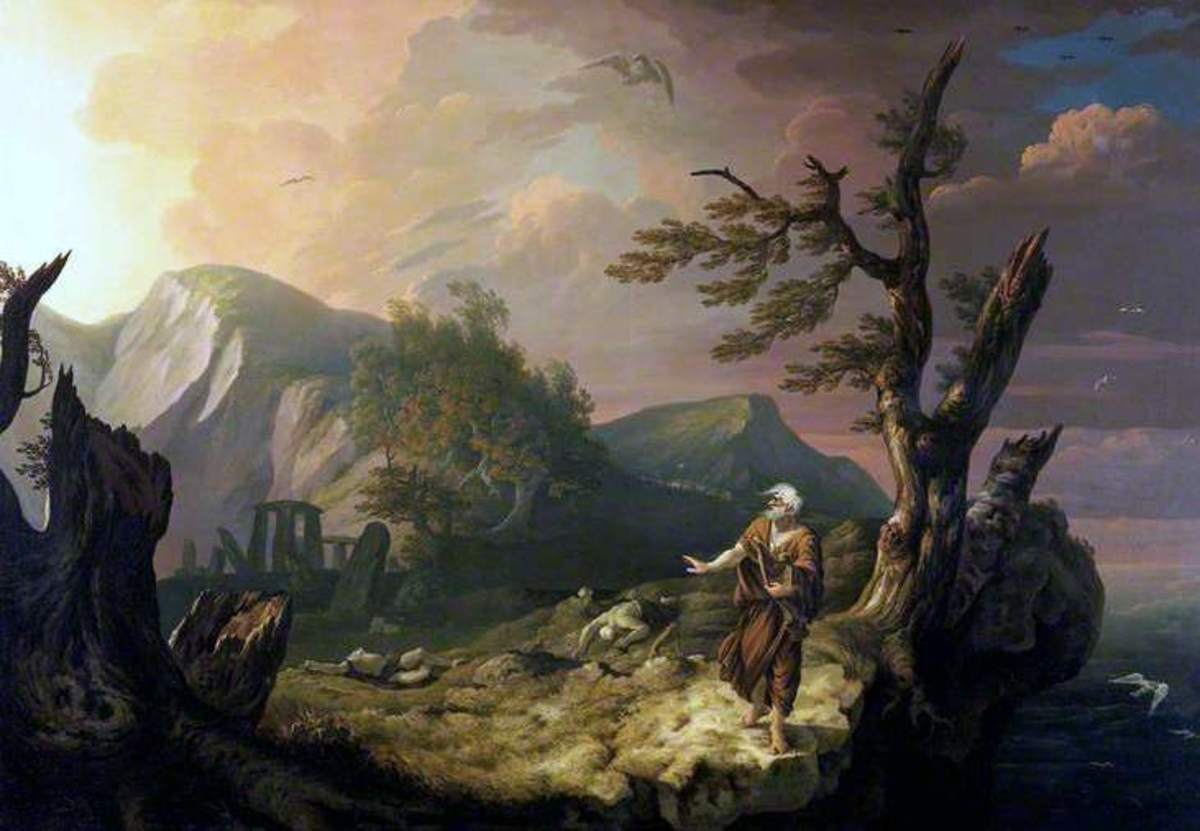The History of European Shamanism
Share
What is European Shamanism?
European Shamanism is a spiritual practice that involves connecting with the spirit world through rituals, ceremonies, and healing practices. Shamans, also known as medicine men or women, act as intermediaries between the human and spirit realms, using their knowledge and connection to help heal individuals and communities.

Origins of European Shamanism
The practice of shamanism in Europe can be traced back to the Paleolithic era, with evidence of shamanic practices found in cave paintings and artifacts. Shamanic traditions were prevalent among the indigenous peoples of Europe, such as the Sami of Scandinavia, the Celts of Western Europe, and the Slavic tribes of Eastern Europe.
Role of the Shaman
Shamans played a vital role in their communities, serving as healers, spiritual guides, and protectors. They were believed to have the ability to communicate with the spirits of nature, ancestors, and animals, seeking guidance and wisdom to help their people navigate life's challenges.
Rituals and Practices
European Shamans performed various rituals and practices to maintain balance and harmony within their communities. These rituals often involved drumming, chanting, dancing, and the use of sacred plants to induce altered states of consciousness. Shamans also conducted ceremonies for healing, divination, and spiritual protection.
Decline and Revival
With the spread of Christianity and the rise of modernization, the practice of European Shamanism declined in many regions. However, in recent years, there has been a revival of interest in shamanic practices, as people seek to reconnect with their ancestral roots and explore alternative spiritual paths.

